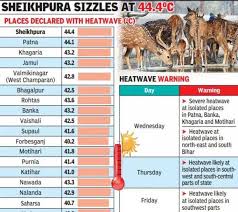Comparing Papua New Guinea and Qatar: An Insightful Overview

Introduction
The contrast between Papua New Guinea (PNG) and Qatar is significant due to their diverse cultural, economic, and geographical landscapes. While Papua New Guinea, located in Oceania, is known for its vast biodiversity and rich cultural heritage with over 800 indigenous languages, Qatar stands out in the Middle East for its rapid economic growth, luxurious lifestyle, and modern infrastructure. Understanding the differences between these two nations provides insight into their respective standings on the global stage.
Cultural Perspectives
Papua New Guinea is renowned for its diverse cultures, reflecting thousands of years of history. The country’s rich traditions are celebrated through vibrant festivals, unique art, and local customs. In contrast, Qatar has a more homogenous culture, heavily influenced by Arab traditions, yet boasts an emerging fusion of contemporary art and global cultures, especially evident in its capital, Doha.
Economic Differences
Economically, Qatar is a powerhouse thanks to its vast reserves of oil and natural gas. It boasts one of the highest GDP per capita rates in the world, allowing the country to invest significantly in infrastructure and social programs. Papua New Guinea’s economy, while rich in natural resources such as minerals and agriculture, faces challenges, including political instability and reliance on commodity exports. Currently, Papua New Guinea is working toward diversifying its economy to improve growth and development.
Sports Rivalry
The burgeoning sports scene in both nations reveals another area of contrast. Qatar has made headlines for its investments in sports, culminating in hosting significant events such as the FIFA World Cup 2022. Meanwhile, Papua New Guinea has a strong rugby league culture, with the sport being a major source of national pride, but lacks the same level of international sporting infrastructure and investment as Qatar.
Conclusion
In summary, Papua New Guinea and Qatar represent two unique narratives of cultural heritage and economic evolution. While Qatar continues to prosper as a modern state with global relevance, Papua New Guinea embodies a rich cultural tapestry facing contemporary challenges. Readers can glean insight from these differences, noting how geography, resources, and culture shape national identities and opportunities on the global stage.









